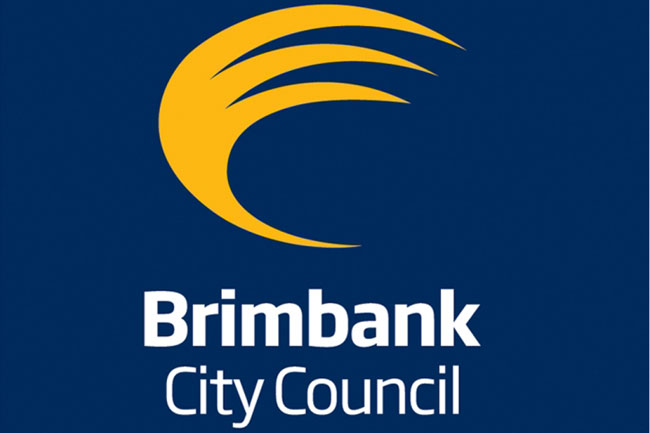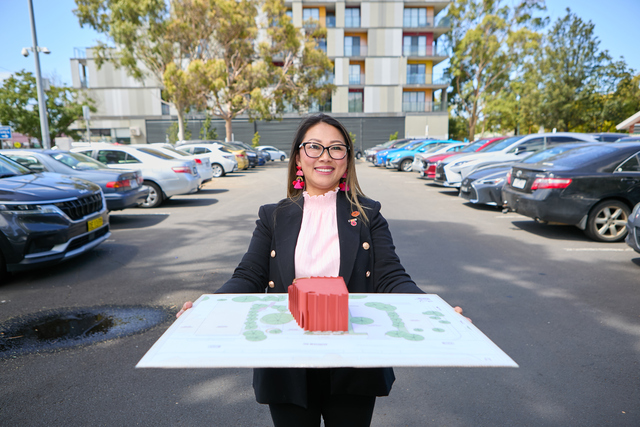St Albans, Sunshine North, Ardeer and Albion are among the most disadvantaged Victorian suburbs, according to new census data.
The Bureau of Statistics’ index of advantage and disadvantage, based on a mix of household incomes and occupations, reveals Broadmeadows and Corio as the most disadvantaged suburbs in the state, with
St Albans ninth on the list with an advantage score of one out of 10.
Sunshine North, Ardeer and Albion achieved similar ratings on the index, while nearby Deer Park, Derrimut and Burnside also fared poorly with scores of three.
Keilor, Taylors Lakes and Caroline Springs were the highest-rated areas of Brimbank with scores of seven.
Brimbank mayor Margaret Giudice said the gap between most Brimbank suburbs and the more affluent parts of the state was an ongoing concern.
“We’re aware that according to the 2016 Census, Brimbank is the third most disadvantaged Local Government Association (LGA) in Victoria,” she said.
“It reflects the entrenched structural disadvantage that persists across much of Melbourne’s outer suburban areas due to a range of factors such as unemployment, relatively low levels of educational attainment and financial stress.
“In spite of being at the centre of the fastest-growing region in Australia, Brimbank is not getting the levels of investment in community services and infrastructure from state and federal government that is needed.”
Cr Giudice said Brimbank council was trying to bridge the disadvantage gap in areas such as health, but needed state and federal help to make any real impact.
“Brimbank has a number of key council strategies, programs and plans that focus on addressing disadvantage and improving social determinants to some of the barriers that disadvantage residents,” she said.
“An example is the Growing Brimbank Collaboration, which is a partnership we have with the Australian Health Policy Collaboration at Victoria University, aimed at lifting health and education outcomes in Brimbank over the next 20 years through investment in the early years, physical activity and nutrition.
“But health and community services across the west are not able to keep up with ever-increasing demands, and modes of delivery are not meeting the needs of our diverse community.
“It is time for the state and federal governments to invest in Brimbank to bridge the disadvantage gap … council will certainly continue advocating for this to happen.”







